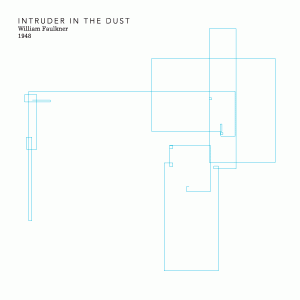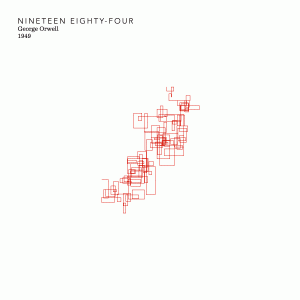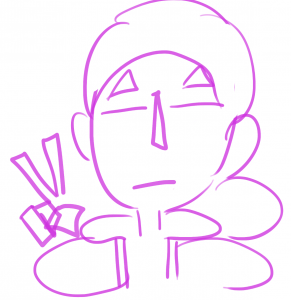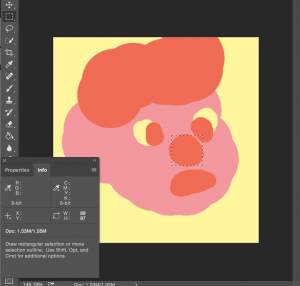Writing Without Words / Stephanie Posavec
This project by Stephanie Posavec takes literature masterpieces, and presents a new perspective on the classics we are all familiar with. The project compares different styles between authors, as well as different periods in literature, by presenting each piece in a graphical way:


In the project, Posavec took the first paragraph of each book and broke it into sentences. Each line represents one sentence in that chapter – the longer the sentence, the longer the line.
I find this work inspiring because it takes a form or art we are familiar with, breaks it down to data, and then creates something completely new. This allows us to think about a masterpiece in an alternative way. Furthermore, the project is handmade, which creates an additional aesthetic layer to it.
In my opinion, the downside of the execution of the project is that it only looks at the first chapter. In many pieces the first chapter is a type of prologue, and does not represent the entire work. A different approach would be to create an average of all the chapters in a piece, and only then represent it in a graphical way.
Credit: http://dar.pressible.org/jihiijolly/writing-without-words
![[OLD – FALL 2016] 15-104 • COMPUTING for CREATIVE PRACTICE](../../../../wp-content/uploads/2020/08/stop-banner.png)




